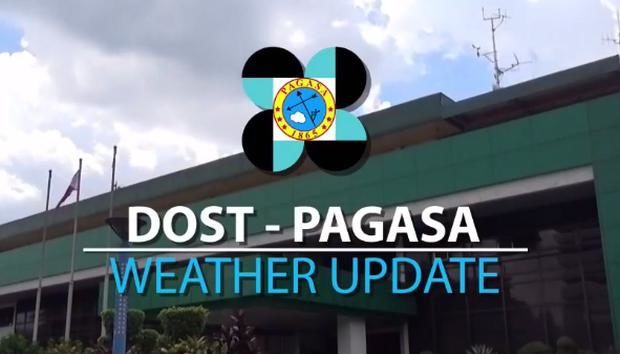
MANILA, Philippines — Typhoon Malakas has entered the Philippine area of responsibility (PAR) and was named Basyang, the Philippine Atmospheric, Geophysical and Astronomical Services Administration (Pagasa) said Tuesday.
At 10:00 AM today, Typhoon MALAKAS has entered the Philippine Area of Responsibility and was named #BasyangPH. Tropical Cyclone Bulletins will be issued beginning at 11:00 AM today. pic.twitter.com/OOf07gqHlQ
— PAGASA-DOST (@dost_pagasa) April 12, 2022
Pagasa said over Twitter that the typhoon entered PAR at 10 a.m.
Based on the tropical cyclone bulletin Pagasa issued at 11 a.m., the center of the typhoon was last located 1,435 kilometers east of Southern Luzon. The typhoon has maximum sustained winds of 120 kilometers per hour near the center and gusts of up to 150 kph.
Basyang is moving north-northwestward at 20 kph.
“The typhoon is forecast to move northward in the next 6 hours before turning generally north northeastward for the remainder of the forecast period. The duration of ‘Basyang’ within the PAR region will be brief and may exit the region tonight,” Pagasa noted.
The tropical cyclone is expected to continue to intensify and may reach a peak intensity of 150 kph on Wednesday morning.
According to the state weather bureau, typhoon Basyang is not likely to directly affect the weather condition in the country within the forecast period.
The typhoon is also not likely to directly affect sea conditions over the coastal waters of the country within the forecast period, added Pagasa.
“However, swells resulting from this tropical cyclone is forecast to generate moderate to rough seas over the northern and eastern seaboards of Luzon and the eastern seaboards of Visayas and Mindanao,” Pagasa said.
“These conditions may be risky for those using small seacrafts. Mariners are advised to take precautionary measures when venturing out to sea and, if possible, avoid navigating in these conditions,” it added.
RELATED STORIES:
Landfall scenario still unlikely for severe tropical storm outside PAR
Fujiwhara effect seen from 2 tropical storms